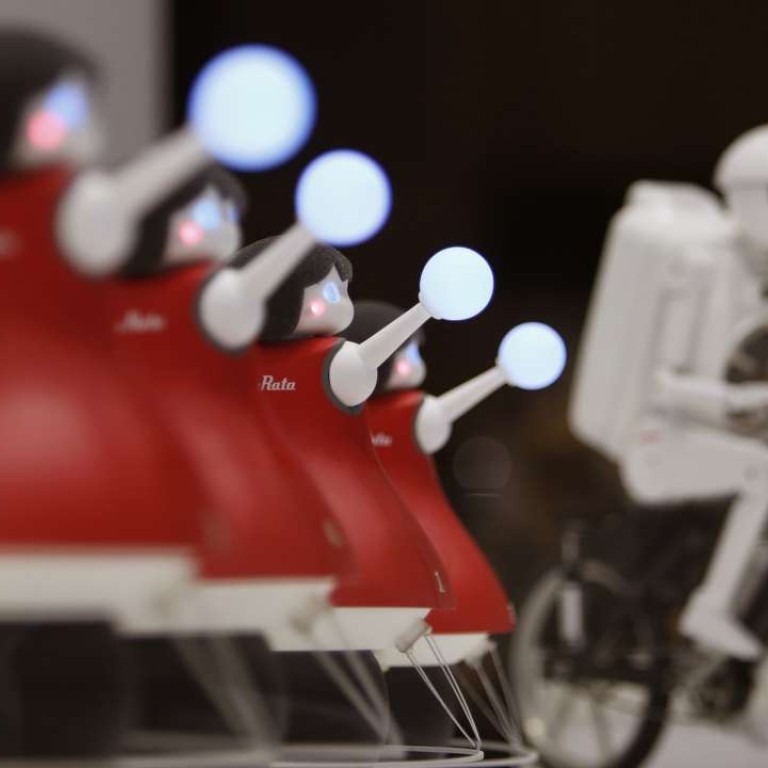
Here’s why Japan is obsessed with robots
But people find robots at banks and stores more entertaining than useful
Rarely a week passes without a headline about a new type of robot coming out of Japan.
Whether they’re making an evening cocktail, performing at a restaurant or combining cellphone communication with personal companionship — the hype is real in Japan.
In Japan automation is less of a threat to jobs and more about economic survival. In 2014, Prime Minister Shinzo Abe unveiled reforms with hopes that the robot market would reach US$21 billion by 2020.
As the nation suffers from a chronic labour shortage, it is striving to be the largest robotics-support society in the world.
Meanwhile, Japan’s service sector accounts for about 70 per cent of its economic output, yet labour productivity is 40 per cent less than in the U.S., according to Japanese government estimates. The contrast puts a strain on the industry sector and now companies like McDonald’s are cutting back on the number of 24-hour outlets.
Economists argue that Japan either needs to accept more immigrants or put robots to work.
Japan’s overall population is now declining at the fastest rate globally. The country sells more adult diapers than baby diapers and fewer workers to support an aging population likely leads to poor economic growth.
If you think robots are poised to completely take over the service sector, think again. Many of the robots CNBC visited at banks, restaurants, and stores in Tokyo were not fully embraced by consumers for their usefulness. Rather, they were seen as a novelty to play and interact with momentarily while waiting — but maybe entertainment is part of their purpose?
Two robots visited by CNBC had grabbed global headlines last year, but were now no longer in service: a humanoid robot at a department store and a train station robot meant to assist travellers. It wasn’t clear from the human staff if the robots were removed because they were ineffective or if their original purpose was just testing.
Either way, robots aren’t taking over the world — just yet.

